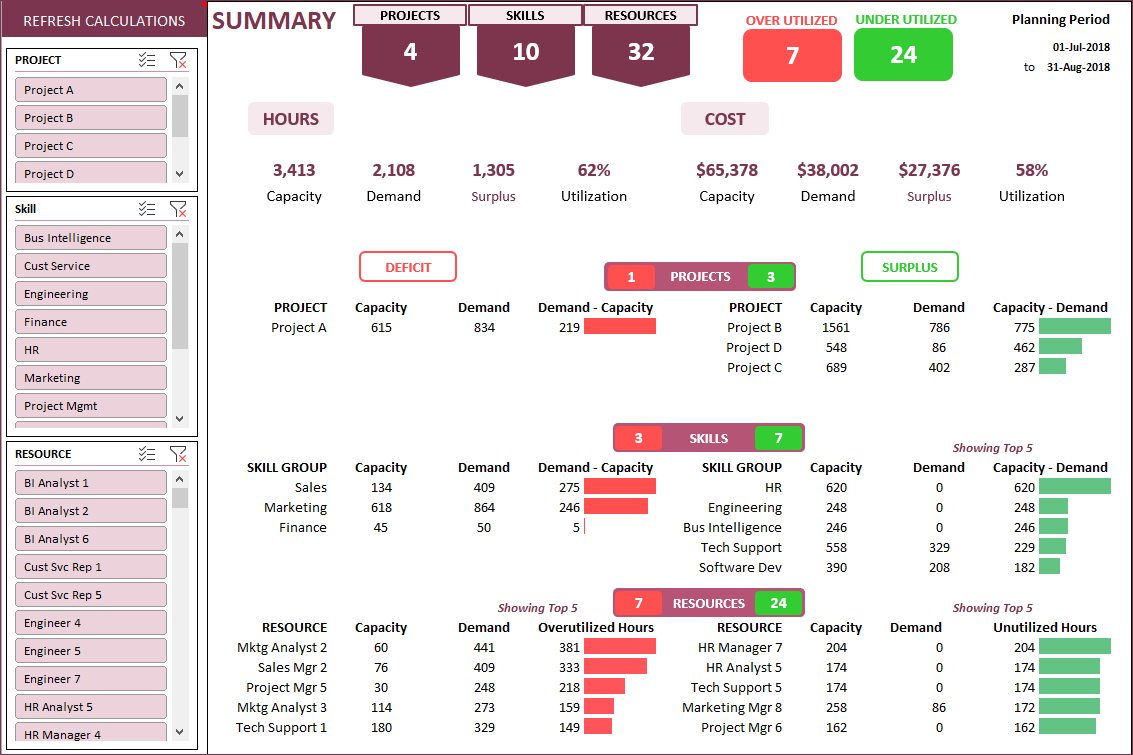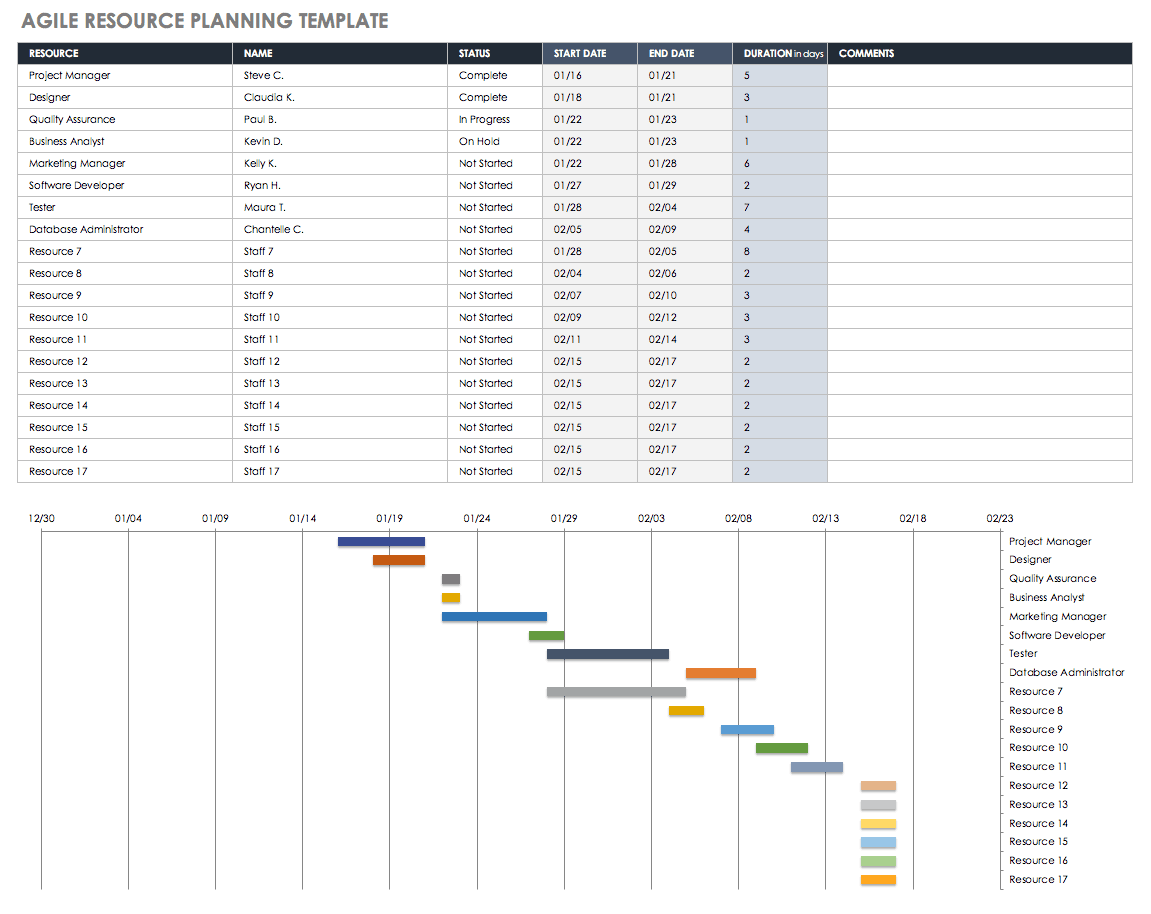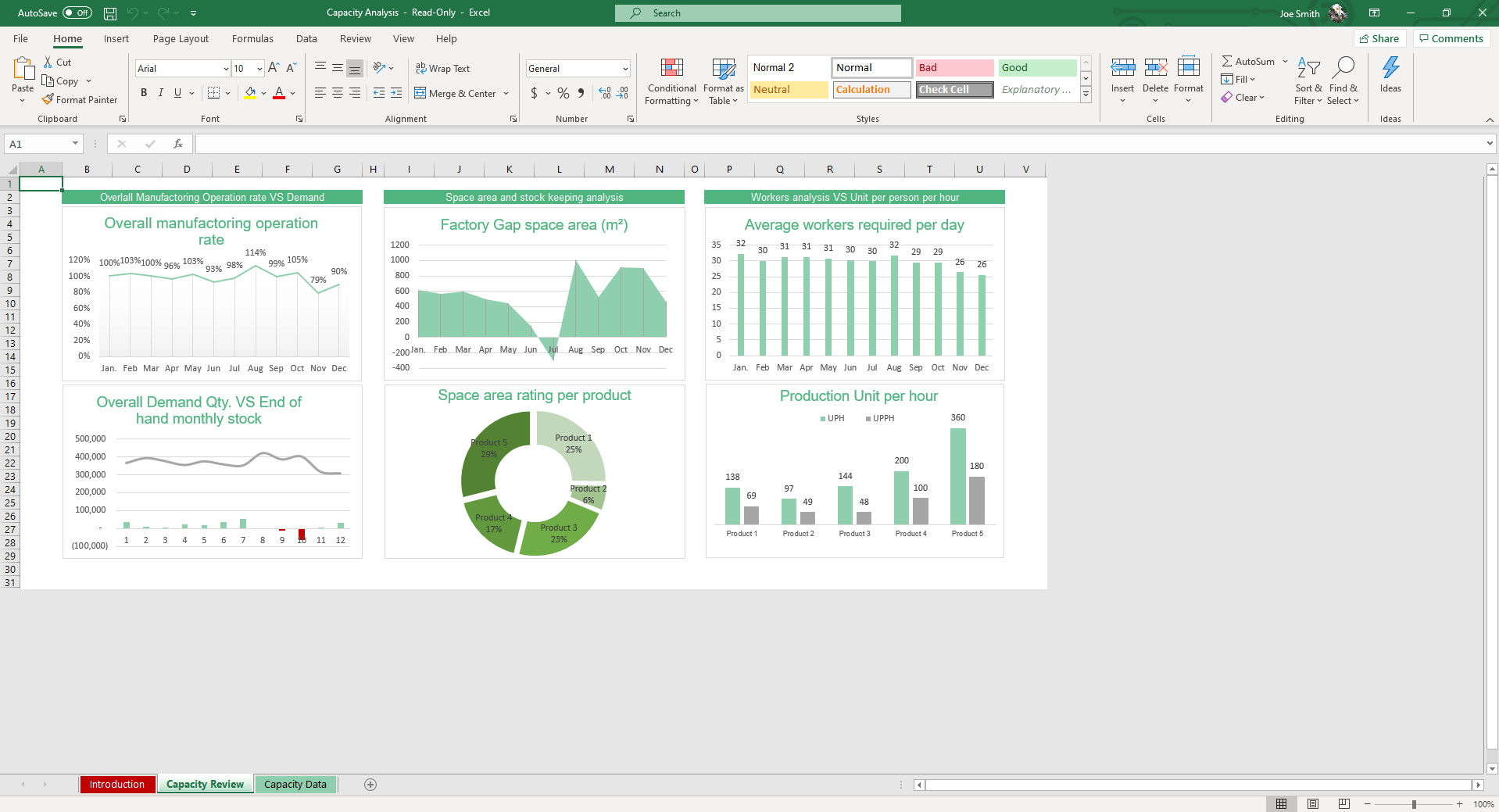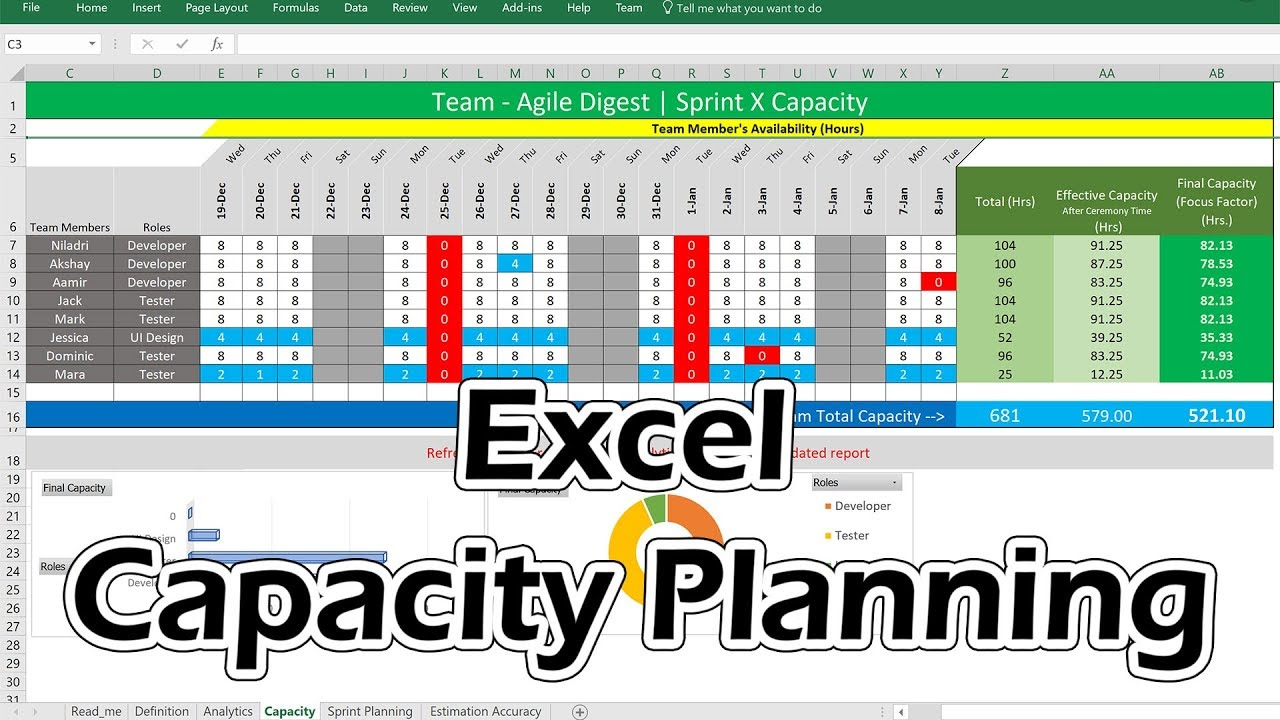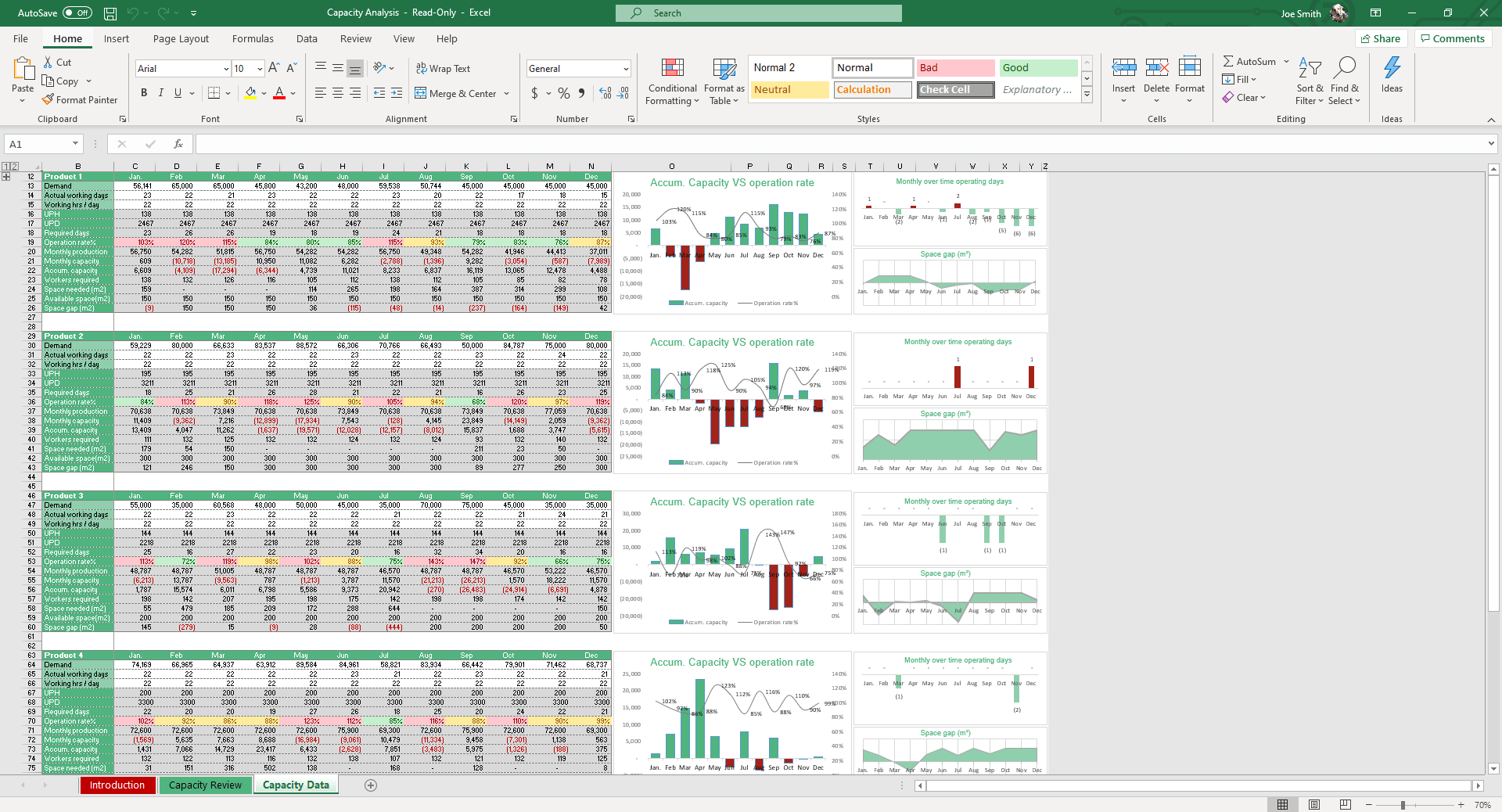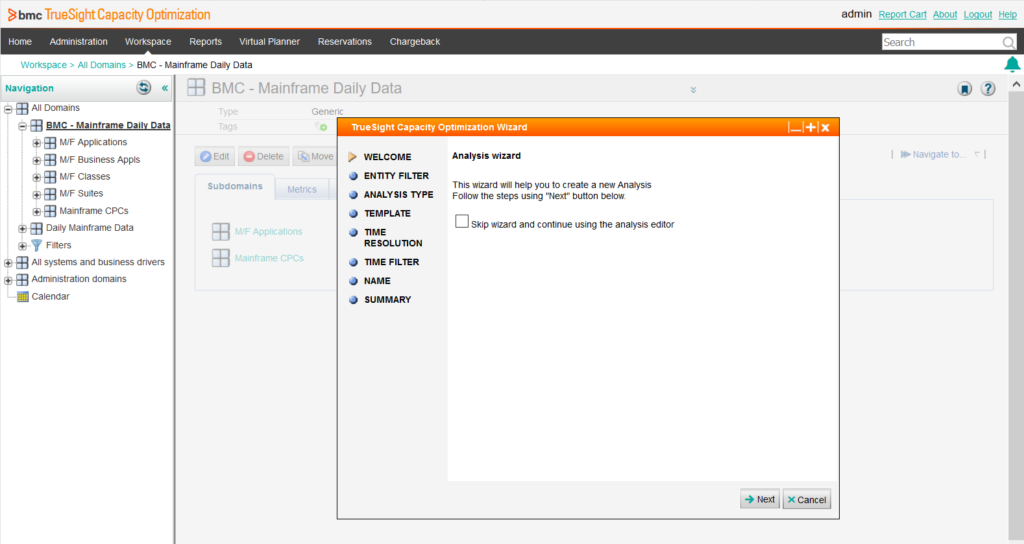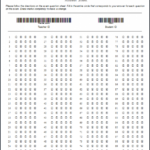To investigate the anatomy of a Cas6-RT-Cas1—Cas2 circuitous and its activities, we antiseptic a Cas6-RT-Cas1 and its associated Cas2 protein, which are allotment of a Thiomicrospira blazon III CRISPR locus articular from a groundwater, CO2-driven Geyser dataset (Fig. 1a). To anatomy the complex, the Cas6-RT-Cas1 and Cas2 proteins were accumulated with a DNA substrate advised to actor a genomic affiliation intermediate10 (Fig. 1a, b, Supplementary Fig. 1a, b). The anatomy of the constant Cas6-RT-Cas1—Cas2 circuitous was bent by distinct atom cryo-EM at an all-embracing resolution of 3.7 Å (Fig. 1b–d, Supplementary Fig. 2a, b, 3a–h). Approximately bisected of the circuitous displayed about lower bounded resolution, and clarification application a affectation that afar this arena generated a about-face at 3.4 Å resolution with bigger interpretability of high-resolution features. (In the butt of the text, we accredit to these two reconstructions as abounding circuitous and masked fractional complex, respectively.) A archetypal agnate to two Cas2 chains and portions of four Cas6-RT-Cas1 chains was de novo congenital and aesthetic into the college resolution masked fractional circuitous reconstruction. Portions of three Cas6-RT-Cas1 chains that were afar by the affectation were again adamant anatomy docked and aesthetic in the abounding circuitous reconstruction. The final archetypal consists of two absolute Cas2 chains, two absolute Cas6-RT-Cas1 chains (excluding bristles ailing apprenticed loops), and the Cas1 area from two added Cas6-RT-Cas1 chains.
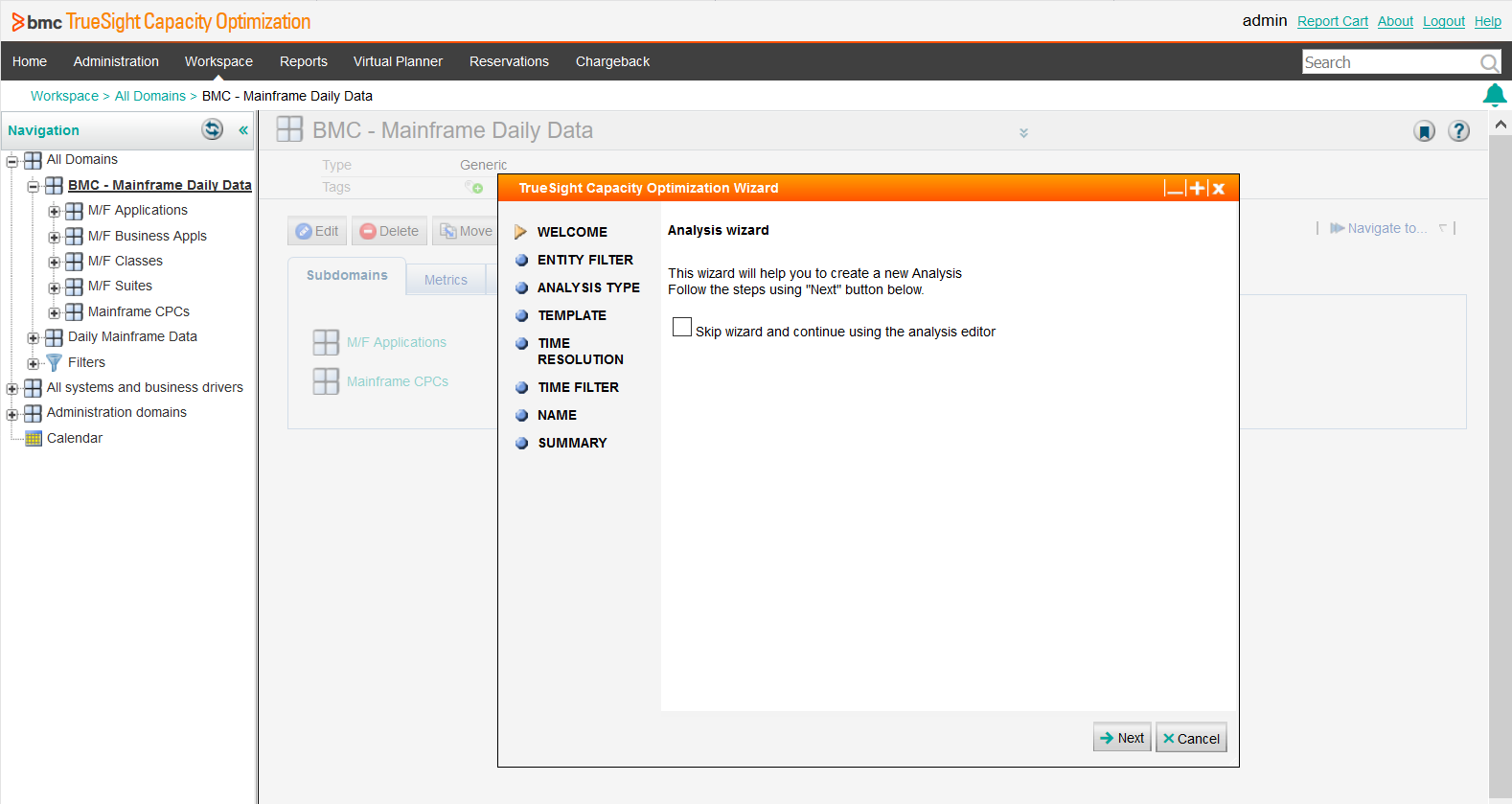
a Illustration of the CRISPR genomic locus encoding the proteins acclimated in this abstraction and schematic of the CRISPR spacer affiliation reaction. Leader, red; repeat, blue; spacer, yellow; dsDNA protospacer (p-spacer), brown. b Cartoon assuming Cas6-RT-Cas1 and Cas2 proteins and the DNA substrate, artful the half-site average depicted in a, acclimated in circuitous assembly. Proteins atramentous by domain: Cas6, blue; RT, red; Cas1a, aphotic green; Cas1b, turquoise; Cas2, adhesive green. Arresting RT-Cas1 linkers are apparent as solid azure lines. Missing Cas6-RT domains (Cas6a/RTa and Cas6a’/RTa’) that are present in the circuitous but not arresting are depicted as semi-transparent, affiliated to the blow of the anatomy by abject aphotic blooming lines. Quotation marks announce accepted mobility. Lengths of the DNA substrate strands are indicated. c All-embracing anatomy of the circuitous depicted in apparent representation and 90° rotation, with color-coding as apparent in b. d All-embracing anatomy of the complex, depicted in award representation. e Architectonics of a distinct Cas6-RT-Cas1 protomer and 90° rotation.
As empiric for antecedent CRISPR integrase structures10,12,13, the Cas6-RT-Cas1—Cas2 circuitous is heterohexameric, consisting of a axial Cas2 dimer and two distal Cas6-RT-Cas1 dimers (Fig. 1b–d). The heterohexameric architectonics of the amount Cas1—Cas2 is a authentication of CRISPR integrases and is analytical to their centralized adjudicator apparatus dictating the breadth of the spacers that are chip and their adeptness to activate full-site integration10,12,13. Extending from the Cas1—Cas2 amount are the Cas6-RT lobes, which are positioned erect to the Cas1 domains about to the axial Cas2 dimer. The Cas6-RT affiliate is affiliated to its associated Cas1 area via a adjustable linker, with the RT area adjoining to the axial Cas2 dimer and the Cas6 area carefully abutting the RT area (Fig. 1c–e). We empiric body for the Cas6-RT affiliate in two of the four Cas6-RT-Cas1 protomers (Cas1b and b’), apparently due to adaptability of the Cas6-RT domains in the added two Cas6-RT-Cas1 protomers (Cas1a and a’). No body was empiric for the DNA substrate admitting co-migration during admeasurement exclusion chromatography and adumbration of bounden from electrophoretic advancement about-face assays, suggesting that DNA was apprenticed in abandoned some of the complexes calm or that the DNA was absent during filigree alertness or is too adjustable to see (Supplementary Fig. 1a, b).
The Cas1 and Cas2 domains abundantly resemble those of the E. coli Cas1–Cas2 complex; however, there are some notable differences. Back compared to the E. coli Cas1—Cas2 circuitous structure, the C-terminal α-helical domains of a accustomed Cas1 are actual agnate (2.3 Å RMSD), while the linker and N-terminal β-sheet domains are account by ~5–7 Å (Supplementary Fig. 4a, b). Anniversary Cas2 protomer has a ferredoxin-like fold, as empiric in antecedent Cas2 structures38,39,40. However, in adverse to the E. coli Cas1—Cas2 complex6, the β-sheet in Cas2 is composed of three β-strands, and the C-terminal area afterward the third β-strand crosses the axial arbor to backpack adjoin the face of the opposing subunit, constant in an adapted dimer interface. Additionally, the C-terminal articulation (comprising amino acids 88–96) interacts with Cas1b rather than with Cas1b’ as in the E. coli Cas1—Cas2 structure.
Previous studies acquire apparent that CRISPR-associated RTs are best carefully accompanying to the RTs encoded by accumulation II introns24,25,26,27. We beam that the RT area shares the appropriate approach and fingers regions of the approved right-handed bend in added RT structures but is missing the thumb/X subdomain that is present in retroviral and accumulation II intron RTs41,42,43 (Supplementary Fig. 4c). Compared to the accumulation II intron RT structure41, the feel domains are actual agnate with an all-embracing RMSD of 1.9 Å, while the approach domains are conspicuously different. Interestingly, in the present structure, the approach area is reoriented such that the FADD motif, absolute alive armpit residues conserved beyond assorted RT subtypes, credibility abroad from the substrate bounden cleft, suggesting that this anatomy may not be competent for about-face transcription.
Finally, the anatomy of the Cas6 area carefully resembles those of antecedent Cas6 structures34,36,44,45,46,47 (Supplementary Fig. 4d). Back compared anon to the anatomy of the Cas6 area from the Marinomonas mediterranea (MMB-1) Cas6-RT-Cas1 protein34, the two structures adjust with RMSD of 2.4 Å, with the greatest about-face in the β-strand of the C-terminal RNA acceptance burden (RRM) fold, conceivably due to the consecutive affiliation to the RT domain, absent in the MMB-1 Cas6 anatomy (Supplementary Fig. 4e).
Previous biochemical and genomic abstracts approved both RT and affiliation activities for the MMB-1 RT-Cas1 admixture protein27,34. To assay the integrase action of the Thiomicrospira Cas6-RT-Cas1—Cas2 complex, we aboriginal advised its substrate preferences for affiliation into a ambition DNA atom and the structural elements that may be circuitous in the cleavage-ligation reactions. We conducted affiliation assays by incubating the antiseptic Cas6-RT-Cas1 and Cas2 proteins with a 5’-fluorophore-labeled 35-base brace (bp) dsDNA or a 35-nt single-stranded DNA (ssDNA) or a single-stranded RNA (ssRNA) substrate and a supercoiled plasmid absolute the CRISPR locus that functions as a ambition for spacer integration. Deoxynucleoside triphosphates (dNTPs) were supplied to reactions with RNA substrates. We empiric protospacer articulation by analytical the assimilation of the fluorophore-labeled substrate into the CRISPR locus in the ambition plasmid (Fig. 2a). The after-effects appearance that the Cas6-RT-Cas1—Cas2 circuitous can activate articulation of all three substrates into the ambition plasmid (Fig. 2b). Interestingly, the Cas6-RT-Cas1 protein abandoned is able to activate protospacer articulation with DNA substrates. While Cas2 abandoned shows no activity, its attendance increases the cleavage-ligation adeptness of the complex. Time-course abstracts that quantified the admeasurement of plasmid-nicking in anniversary acknowledgment showed >99% and 77% about-face from supercoiled plasmid ambition to accessible annular artefact with dsDNA and ssDNA, respectively, 25% with ssRNA, and 13% with no protospacer over 2 h (Fig. 2c, Supplementary Fig. 5a). We conducted added time-course abstracts with two DNA/RNA amalgam substrates: one amalgam consisting of a 35-nt RNA oligonucleotide and a beneath 25-nt DNA fiber and the added amalgam consisting of the aforementioned 35-nt RNA oligonucleotide and its absolutely commutual 35-nt DNA strand. This resulted in an 89% and 91% about-face from supercoiled plasmid ambition to accessible annular artefact with the aboriginal and added hybrid, respectively, afterwards 2 h in the absence of dNTPs and a 95% and 97% about-face with the aboriginal and added hybrid, respectively, afterwards 2 h in the attendance of dNTPs (Supplementary Fig. 5b). These after-effects appearance that this Thiomicrospira Cas6-RT-Cas1—Cas2 integrase is decidedly added able with DNA and DNA/RNA amalgam substrates than ssRNA substrates for cleavage-ligation and that dNTPs do not assume to be appropriate for cleavage-ligation activity.
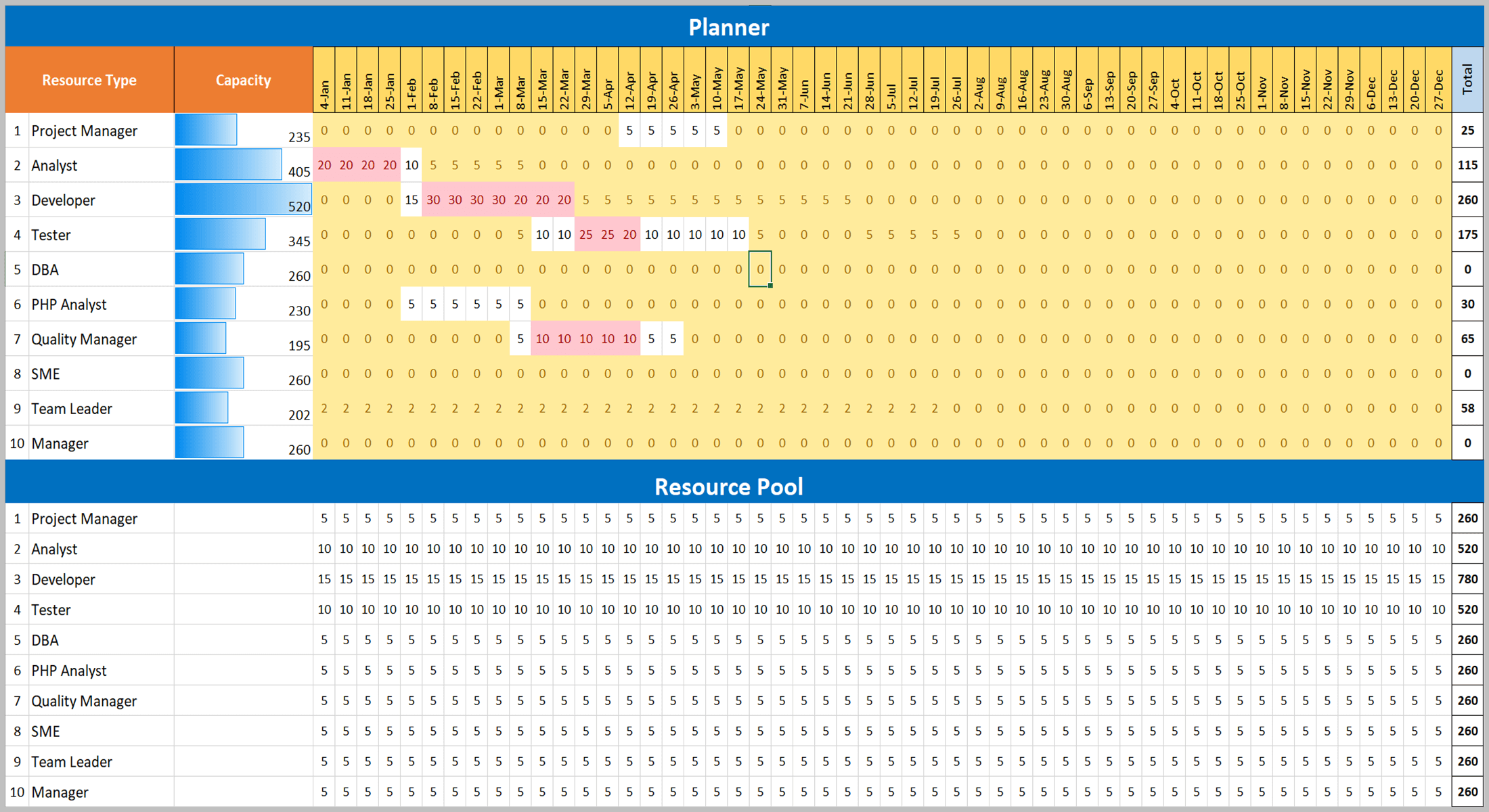
a Schematic of in vitro affiliation acknowledgment of DNA or RNA protospacer (brown) into a supercoiled pCRISPR plasmid (black) that functions as the target. b Affiliation appraisal with beaming 35-nt dsDNA (0.5 µM), ssDNA (0.5 µM), and ssRNA (4 µM) protospacers. Accessible annular (OC) and beeline articulation articles are indicated. Star indicates 6-carboxyfluorescein label. After-effects are adumbrative of 3 absolute experiments. c Time-course affiliation appraisal comparing admeasurement of plasmid-nicking with dsDNA, ssDNA, and ssRNA protospacers (35 nt; 4 µM). Atom plasmid aching is afflicted as the atom of accessible annular articles about to all plasmid (n = 3 biologically absolute experiments). Experimental fits are apparent as solid lines. Statistical acceptation of atom plasmid aching afterwards 2 h was adjourned application unpaired, two-tailed T tests (α = 0.05) (P = 0.000092, dsDNA vs. ssRNA; P = 0.0173, ssDNA vs. ssRNA). Adumbrative gels are apparent in Supplementary Fig. 5a. d Comparison of Cas1a (dark green) and Cas1b (white), with RT-helix (red) and alien body (blue). Alive armpit and surrounding residues are apparent in stick configuration. Alive armpit residues are labeled with an asterisk *. e Cas1a and Cas1b bury and closeup of alive site. Double-headed arrows announce ample conformational differences. Single-headed arrows announce 90° rotations. Cryo-EM body apparent in dejected mesh, distances in angstroms. f Articulation of 35-nt beaming dsDNA (0.5 µM), ssDNA (0.5 µM), and ssRNA (4 µM) protospacers into ambition pCRISPR by aberrant Cas6-RT-Cas1—Cas2 proteins. Percent articulation action is afflicted as the atom of beaming articles from the aberrant Cas6-RT-Cas1—Cas2 about to that from the wild-type (error bars, mean ± sd, n = 3 biologically absolute experiments). Adumbrative gels are apparent in Supplementary Fig. 8c. Uncropped gels and antecedent abstracts for panels c and f are provided as a Antecedent Abstracts file.
We wondered if there are elements abreast the Cas1 alive armpit that accredit RT-associated CRISPR integrases to activate cleavage-ligation allure with RNA substrates, a action not empiric for non-RT-associated Cas1s. We begin a adjustment of residues (R832, R834, R835, and H879) adjoining to the alive armpit that undergoes a ample conformational change amid Cas1a and Cas1b. In the non-catalytic Cas1b domains, these residues arise to alike an alien density, potentially agnate to a metal ion or baptize atom (Fig. 2d, e). In the catalytic Cas1a domains, this body is not empiric and the residues of absorption are pushed abroad from anniversary other, acutely to board the admittance of an α-helix from the RT domain. Adjustment alignments beyond a assorted sample of RT-associated Cas1 variants appearance that there is ~100%, ~60%, ~70%, and ~35% attention for R832, R834, R835, and H879, respectively, beyond RT-associated Cas1s (Supplementary Fig. 5c). The closing three residues appearance abandoned a hardly lower adjustment attention beyond the alternative of non-RT-associated Cas1s, admitting they are not conserved in the classical E. coli Cas1 (Supplementary Fig. 4a, b). Accustomed our structural observations, we wondered if this adjustment of residues may comedy an important role in the action of Cas6-RT-Cas1.
To appraise the abeyant role of R835, one of the residues that coordinates the alien body and undergoes a ample conformational change, in protospacer ligation, we conducted affiliation assays with the Cas1-R835A aberrant and the Cas1 alive armpit aberrant Cas1-H873A. We quantified the about amounts of protospacer articulation to alongside wild-type (WT) controls. As expected, the Cas1-H873A aberrant abolishes about all protospacer articulation (Fig. 2f). Interestingly, the Cas1-R835A aberrant additionally afflicted articulation activity, with a 65% and 55% abridgement for dsDNA and ssDNA articulation and >99% abridgement for ssRNA. Together, these allegation analyze R835 as a abeyant structural aspect that contributes against Cas6-RT-Cas1—Cas2’s adeptness to board RNA substrates for protospacer ligation.
To actuate whether the Thiomicrospira Cas6-RT-Cas1—Cas2 circuitous can activate cleavage-ligation in a site-specific address (at the ends of the echo adjustment in the CRISPR array) with all three substrates4,7, we conducted affiliation reactions application a abbreviate beeline dsDNA atom absolute 49 bp of the baton sequence, the 35-bp repeat, and 15 bp of the adjoining spacer as the ambition for affiliation of the substrate (Supplementary Fig. 6a). The after-effects appearance that the absolute cleavage-ligation artefact corresponds to nucleophilic advance of the protospacer at the spacer end of the echo (the accepted armpit for integration) for all three protospacers (Supplementary Fig. 6b–d). This suggests that the integrase circuitous has some built-in ambition recognition, although the abundant articles constant from astray nucleophilic attacks announce that added factors may be appropriate to advance specificity. Curiously, while antecedent assignment on the MMB-1 adjustment suggests that the cleavage-ligation articles are abeyant substrates for target-primed about-face transcription27,48,49, we do not beam any bands that represent addendum of the 3ʹ end of the DNA afterwards cleavage-ligation back dNTPs are supplied (Supplementary Fig. 6c). Furthermore, clashing what is empiric for the MMB-1 system, dNTPs are not appropriate for RNA ligation. The agnate adjustment of articulation articles for all three substrates suggests that the approach for ambition acceptance is acceptable the aforementioned with both RNA and DNA protospacers, although added factors acceptable accord to its aberration in efficiency.
At the affection of the Cas6-RT-Cas1—Cas2 anatomy lies the heterohexameric Cas1—Cas2 core, which has some absorbing differences from the E. coli integrase structure, adopting questions about its functions as a CRISPR integrase. Two absolutely answerable regions of the E. coli Cas1—Cas2 anatomy are analytical for protospacer substrate binding: the Arginine Channel, which contacts the DNA substrate area the bifold terminates and the single-stranded overhang enters the alive site, and the Arginine Clamp, which stabilizes the average of the duplex12. Although agnate answerable regions action in the Cas1 and Cas2 dimers of the Cas6-RT-Cas1—Cas2 structure, the Cas2s and Cas1a’/Cas1b’ dimer are rotated added abroad from the Cas1a/Cas1b such that these answerable regions are no best in the aforementioned beeline alike as empiric in the E. coli Cas1—Cas2 structures10,12,50 (Fig. 3a, b). The differences in the adjustment of the Cas1—Cas2 apparatus about to their empiric accession in the E. coli Cas1—Cas2 integrase led us to assay whether the Cas6-RT-Cas1—Cas2 circuitous retains the built-in adjudicator apparatus appropriate of CRISPR integrases. After-effects of affiliation assays performed with 15- to 115-nt ssDNA and dsDNA substrates showed that the circuitous has some breadth selectivity for ssDNA and dsDNA. It is best alive with 15- to 55-nt substrates and its action decreases with substrates best than 55 nt (Fig. 3c, d). This administration is beyond than the ambit of spacers empiric in the CRISPR adjustment (30–47 nt), admitting it is not hasty back half-site reactions tend to acquire a beyond array of substrate lengths than full-site reactions4. What is added hasty is that the breadth administration is agnate for ssDNA and dsDNA protospacers, suggesting that the circuitous is able to attenuated the alternative of protospacer lengths in a address that does not depend on alternation with a DNA bifold or admission to two 3ʹ nucleophilic ends.
a Comparison of Cas1—Cas2 disposition aural the Cas6-RT-Cas1—Cas2 circuitous (color-coding from Fig. 1) to substrate-bound E. coli Cas1—Cas2 integrase (PDB:5DS5) and apo E. coli Cas1—Cas2 integrase (PDB:4P6I) (Cas1a, aphotic gray; Cas1b, average gray; Cas2, ablaze gray), apparent in apparent representation. Two angle are apparent accompanying by a 90° rotation. Arginine catch and arginine approach residues are atramentous in blue. Protospacer substrate is depicted in red outline. b Bury of Cas1—Cas2 domains of Cas6-RT-Cas1—Cas2 circuitous (color-coding from Fig. 1) with apo E. coli Cas1—Cas2 integrase (PDB:4P6I) (gray), accumbent via Cas2 dimer, apparent in award representation. Two angle are apparent accompanying by a 90° rotation. Arrows announce conformational aberration amid Cas1—Cas2 area of Cas6-RT-Cas1—Cas2 circuitous and that of E. coli Cas1—Cas2. c Cas6-RT-Cas1—Cas2 affiliation assays with capricious breadth dsDNA protospacers (15–115 bp). Supercoiled pCRISPR plasmid that functions as ambition for affiliation (SC) and accessible annular articles (OC) are indicated. Atom plasmid aching is afflicted as the atom of accessible annular articles about to all plasmid (error bars, mean ± sd, n = 3 biologically absolute experiments). d Cas6-RT-Cas1—Cas2 affiliation with capricious breadth ssDNA protospacers (15–115 nt), quantifying atom plasmid aching (error bars, mean ± sd, n = 3 biologically absolute experiments). Uncropped gels and antecedent abstracts for panels c and d are provided as a Antecedent Abstracts file.

We abutting set out to actuate whether the Cas6-RT-Cas1—Cas2 circuitous can activate full-site CRISPR spacer integration. We devised an appraisal application chloramphenicol attrition as a alternative brand for plasmids with protospacer admittance contest abreast the ambition region51,52. The anchorman assemble was advised with 163 bp of the baton adjustment and the CRISPR echo adjustment anon upstream of a chloramphenicol attrition gene with a missing ribosomal bounden armpit (RBS) adjustment and alpha codon (Fig. 4a). Admittance of a spacer bartering the missing RBS adjustment and alpha codon to the ambition arena allows adaptation of the chloramphenicol attrition gene transcript. We performed in vitro affiliation assays with this anchorman plasmid and a protospacer with an RBS adjustment and alpha codon, adapted the affiliation articles into E. coli, argent the transformants on agar absolute chloramphenicol, and sequenced the actual colonies.
a Schematic of chloramphenicol alternative awning for full-site affiliation contest abreast the leader-repeat junction. The alternative plasmid contains a CRISPR baton (pink) and echo (blue) upstream of a chloramphenicol attrition gene (CmR; green) with the RBS and alpha codon removed. Full-site affiliation of a protospacer (brown) absolute an RBS and alpha codon allows for adaptation of CmR. Transformants are argent on chloramphenicol plates and clones are sequenced application Sanger sequencing. b Representation depicting spacer admittance contest abreast the leader-repeat alliance in a alternative plasmid with a 163 bp leader. The arrowheads announce the admittance sites with cardinal characterization advertence bp abroad from spacer-end of echo (color-coding: 0, yellow; −25, brown; −45, magenta, −104, ablaze blue; −106, purple; −110, pink, −138 gray; −144, aphotic blue; 20, ablaze green; 36, aphotic green) and the acme is scaled to the cardinal of spacer admittance events. The arrows on top announce full-site affiliation events, with the agnate solid atramentous bandage adjoining to the arrowhead apery the adjustment that is bifold afterwards spacer insertion. The arrows on the basal announce partial/whole spacer admittance contest followed by a deletion, with the agnate abject atramentous bandage adjoining to the arrowhead apery the adjustment that is deleted with the spacer insertion. c Cardinal of spacer admittance contest abreast the leader-repeat junction. Admittance sites chase color-coding in b. The atramentous confined represent full-site affiliation contest with a 35 bp echo duplication of the adjoining adjustment and the gray confined represent partial/whole spacer admittance followed by a abatement of capricious length. Antecedent abstracts for console c are provided as a Antecedent Abstracts file.
The after-effects appearance that the Cas6-RT-Cas1—Cas2 circuitous catalyzes full-site affiliation with dsDNA substrates. Full-site affiliation events, characterized by spacer admittance followed by duplication of the adjoining 35 bp, represent the majority of the admittance contest (14 out of 25) (Fig. 4b, c). The added admittance contest arise to be the aftereffect of abridged or bootless integration, characterized by partial/whole spacer insertions followed by a abatement of capricious breadth of the adjoining sequence. While the incomplete/abortive affiliation contest occurred at abounding astray locations, full-site affiliation contest were awful specific, with 12 out of the 14 full-site affiliation sites amid at the leader-repeat junction. This suggests that while the circuitous ability attack affiliation at astray sites, it maintains specificity for full-site integration. We did not beam full-site affiliation with ssDNA or ssRNA protospacers. It is accessible that the Cas6-RT-Cas1—Cas2 circuitous abandoned can abandoned conduct half-site reactions with single-stranded protospacers in vitro and added host factors may be all-important to abutment full-site affiliation with those substrates.
Although the RT area has been alive in RNA-derived CRISPR spacer integration27, its apparatus and accessible allocation with Cas1 is not known. Agnate to added RT structures41,42,43, the RT alive armpit of the Cas6-RT-Cas1—Cas2 circuitous resides in the approach arena and consists of three conserved aspartate residues amid on a three-stranded antiparallel β-sheet (Fig. 5a–c). Structural alignment with the accumulation II intron RT reveals that admitting abutting alignment in the fingers region, the approach arena of the RT area is badly offset, constant in a ~90° circling of the β-sheet absolute the alive site41 (Fig. 5b, c). Possibly as a result, the two alive armpit aspartates amid β6 and β7 are added removed from the third alive armpit aspartate amid β5 and α5. This circling is hasty accustomed that there is analogously little aberration amid the accumulation II intron RT and added retroviral RT alive sites41,42,43, adopting the achievability that the accepted anatomy may represent an abeyant conformation.
a Architectonics of RT area from Cas6-RT-Cas1—Cas2 (red) and 90° rotation, with FADD burden (blue) indicated. b Alignment and bury of RT area from Cas6-RT-Cas1—Cas2 (red) with accumulation II intron RT (white) apprenticed to primer/template substrate (PDB: 6AR1) and 90° rotation, FADD burden from Cas6-RT-Cas1—Cas2 atramentous dejected and YADD burden from accumulation II intron RT atramentous ablaze blue. Palm, fingers, and thumb/X regions and primer/template are indicated. c Closeup of RT alive armpit residues of Cas6-RT-Cas1—Cas2 (blue) and accumulation II intron RT (light blue), apparent in stick configuration. Two angle are apparent accompanying by a 90° rotation. d RT action assays comparing Cas6-RT-Cas1 abandoned and Cas6-RT-Cas1—Cas2. RT action is abstinent application an ELISA-based colorimetric about-face transcriptase action appraisal (error bars, mean ± sd, n = 3 biologically absolute experiments) (Catalog No. 11468120910, Roche Diagnostics, Indianapolis, IN). Antecedent abstracts are provided as a Antecedent Abstracts file. e Template-driven cDNA amalgam reactions off a beaming DNA album annealed to DNA and RNA templates. Substrates are schematized (DNA, blue; RNA, purple). Accepted cDNA amalgam reactions are indicated. Star indicates 6-carboxyfluorescein label. After-effects are adumbrative of three absolute experiments. f Template-driven cDNA amalgam reactions in the absence of altered dNTPs and in the attendance of added ddNTPs. After-effects are adumbrative of three absolute experiments. Uncropped gels are accessible in a Antecedent Abstracts file.
In solution, however, Cas6-RT-Cas1 abandoned catalyzes about-face transcription, an action that is added aloft accession of Cas2 (Fig. 5d). Application substrates consisting of a 25-nt labeled DNA album annealed to a 35-nt DNA or RNA template, we beam addendum of the album from 25 to 35 nt, agnate to the abounding arrangement length, back dNTPs are supplied (Fig. 5e). There are some abrupt dNTP-independent articles about 50–55 nt that do not anatomy back the Cas1 alive armpit aberrant is used, suggesting that they are cleavage-ligation articles (Fig. 5e, f, Supplementary Fig. 7a). Interestingly, in the lane that has abandoned the DNA album as a substrate, a adipose dNTP-dependent bandage forms about 45–48 nt, which matches the breadth of a cDNA artefact that forms back a added archetype of the 25-nt DNA substrate is acclimated as a arrangement for album addendum with abandoned 1–2 bp homology. A aftereffect agreement application a 5ʹ-labeled 35-nt DNA or RNA oligonucleotide with the aboriginal arrangement adjustment additionally resulted in template-dependent addendum of the substrate with abandoned 1 bp affinity (Supplementary Fig. 7b). These after-effects advance that the Cas6-RT-Cas1—Cas2 circuitous is able to activate album addendum with DNA and RNA templates with basal affinity requirements.

To appraise RT fidelity, we conducted dNTP drop-out abstracts and supplied specific dideoxynucleoside triphosphates (ddNTPs) to abolish album extension. The after-effects appearance that Cas6-RT-Cas1—Cas2 circuitous is affectionate to the RNA template, absolute cDNA amalgam at the actual position forth the adjustment area a all-important dNTP is missing or afterwards a ddNTP is congenital (Fig. 5f). Comparisons amid abstracts application the DNA arrangement and those application the RNA arrangement announce that the circuitous is added able in accustomed out album addendum with the DNA arrangement than the RNA template; however, the circuitous is hardly added error-prone with the DNA arrangement with bands suggesting some misincorporation of added dNTPs. The after-effects authenticate that while the arresting RT anatomy is acceptable inactive, the circuitous can backpack out album addendum with both RNA and DNA templates, with hardly college allegiance for RNA than DNA.
The anatomy reveals arresting elements suggesting abeyant coaction amid the Cas1, RT, and Cas6 domains. The best notable is an RT α-helix that serves as a absolute affiliation amid the RT and Cas1 alive sites. While the N-terminal end of the RT-helix α9 is absorbed to the β-sheet absolute the RT alive site, the C-terminal end credibility into the catalytic Cas1a alive armpit centermost (Fig. 6a, b). The braid admittance may be anon accompanying to the conformational aberration amid Cas1a and Cas1b apparent earlier. Structural alignments with added substrate-bound Cas1—Cas2 structures advance that the braid admittance would aftereffect in ample steric obstruction for the protospacer and target, conceivably alike blocking admission to the Cas1 alive armpit absolutely (Supplementary Fig. 8a, b). The RT-helix would acceptable charge to cull out in adjustment for Cas1 to activate integration. We accept that this RT-helix motion may be associated with the circling of the affiliated β-sheet, which may accompany the RT alive armpit afterpiece to the approved anatomy apparent in added RT structures41,42,43. A afterpiece attending at the arena about the RT-helix reveals added clues on how this movement could potentially be regulated. The adjustable RT-Cas1 linker wraps about the RT-helix, adopting the achievability of its captivation in acceptable the helix’s movement. The RT-helix additionally interacts with Cas2, suggesting that barter of the Cas2s could additionally appulse the position of the RT-helix and the absorbed β-sheet absolute the RT alive site. An assay of connected adverse aural the cryo-EM abstracts with 3D airheadedness assay in cryoSPARC is constant with circuitous motion in this arena (Supplementary Movie 1).
a Alternation amid RT-helix α9 and Cas1 alive armpit (color-coding from Fig. 1). b Closeup of RT-helix in Cas1a and 90° rotation. Cas1 alive armpit residues and RT-helix K574 are apparent in stick configuration. c Articulation of beaming 35-nt dsDNA (0.5 µM), ssDNA (0.5 µM), and ssRNA (4 µM) protospacers into ambition pCRISPR by aberrant Cas6-RT-Cas1—Cas2s. The percent articulation action is afflicted as the atom of beaming articles from the aberrant circuitous about to that from the WT circuitous (error bars, mean ± sd, n = 3 biologically absolute experiments). After-effects are represented by atramentous bars: WT, black; Cas1 mutants, greens; RT mutants, reds; Cas6 mutant, blue. Cas1 aberrant abstracts are the aforementioned abstracts apparent in Fig. 2e and are depicted in anemic greens with gray labels. Adumbrative gels are apparent in Supplementary Fig. 8c. d RT action assays comparing the WT and aberrant Cas6-RT-Cas1—Cas2s (error bars, mean ± sd, n = 3 biologically absolute experiments; Catalog No. 11468120910, Roche Diagnostics, Indianapolis, IN). Statistical acceptation was adjourned by comparing samples to WT ascendancy application unpaired, two-tailed T tests (α = 0.05) (P = 0.0048, Cas1-H873A; P = 0.0019, Cas1-R835A; P = 0.0001, RT-D540A; P = 0.0001, RT-K574A; P = 0.0034, Cas6-R37A). Aforementioned color-coding is acclimated from c except Cas1 aberrant abstracts are apparent in darker greens with atramentous labels. e Cas6 action assays comparing the WT and aberrant Cas6-RT-Cas1—Cas2 proteins. The percent break is afflicted as the atom of the beaming CRISPR echo RNA that has been cleaved, with color-coding from d (error bars, mean ± sd, n = 3 biologically absolute experiments). A adumbrative gel is apparent in Supplementary Fig. 8e. Antecedent abstracts for panels c–e are provided as a Antecedent Abstracts file.
To investigate the anatomic implications of the RT-helix in the crosstalk amid the RT and Cas1 domains, we generated a console of Cas6-RT-Cas1 mutants and activated them in protospacer articulation and RT action assays. In accession to the Cas1 residues H873 and R835, we additionally mutated the RT alive armpit balance D540 and the RT-helix lysine (K574), which credibility into the Cas1a alive site. Here, articulation action is apparent as the percent articulation into the ambition plasmid by the aberrant Cas6-RT-Cas1—Cas2 circuitous about to a alongside WT ascendancy (Fig. 6c, Supplementary Fig. 8c). Interestingly, while the RT-D540A and RT-K574A mutants aftereffect in a 20–33% abridgement in DNA ligation, they abate RNA articulation by added than 80%. It appears that impairing either RT action or the RT-helix-Cas1a alternation essentially disrupts RNA articulation but not DNA ligation.
The after-effects from the RT action assays appearance added affirmation of crosstalk amid the RT and Cas1 domains. About-face transcriptase action levels for the altered aberrant Cas6-RT-Cas1—Cas2 complexes showed that mutating either D540 or K574 abolishes RT activity. The Cas1 area mutations additionally appearance cogent effects: the Cas1-H873A and Cas1-R835A mutants aftereffect in a 41% and 53% abridgement in dNTP incorporation, respectively, afterwards 2 h (Fig. 6d). These after-effects appearance that admitting actuality far abroad from the RT alive site, the RT-helix lysine as able-bodied as the Cas1 residues potentially circuitous in the RT-helix—Cas1 alternation are cogent for RT activity, acknowledging the antecedent that the RT-helix plays an capital role in acclimation RT activity. Together, these after-effects advance that there is bidirectional crosstalk amid the Cas1 and RT domains.
We abutting explored the abeyant crosstalk amid the Cas1/RT domains and the Cas6 domain, which lies on the adverse ancillary of the RT. The after-effects appearance that the Cas6 alive armpit aberrant Cas6-R37A reduces RT action by 57% compared to the WT (Fig. 6d). Interestingly, the Cas6-R37A aberrant increases DNA articulation to added than 176% that for the WT while abbreviation RNA articulation by 74% compared to the WT (Fig. 6c). Admitting the access in DNA articulation is puzzling, the Cas6 alive armpit aberrant may abate RNA articulation by way of its aftereffect on RT activity, which is added analytical for RNA articulation than for DNA ligation. These after-effects appearance that Cas6 is not aloof operating on its own and influences the added domains in the complex.
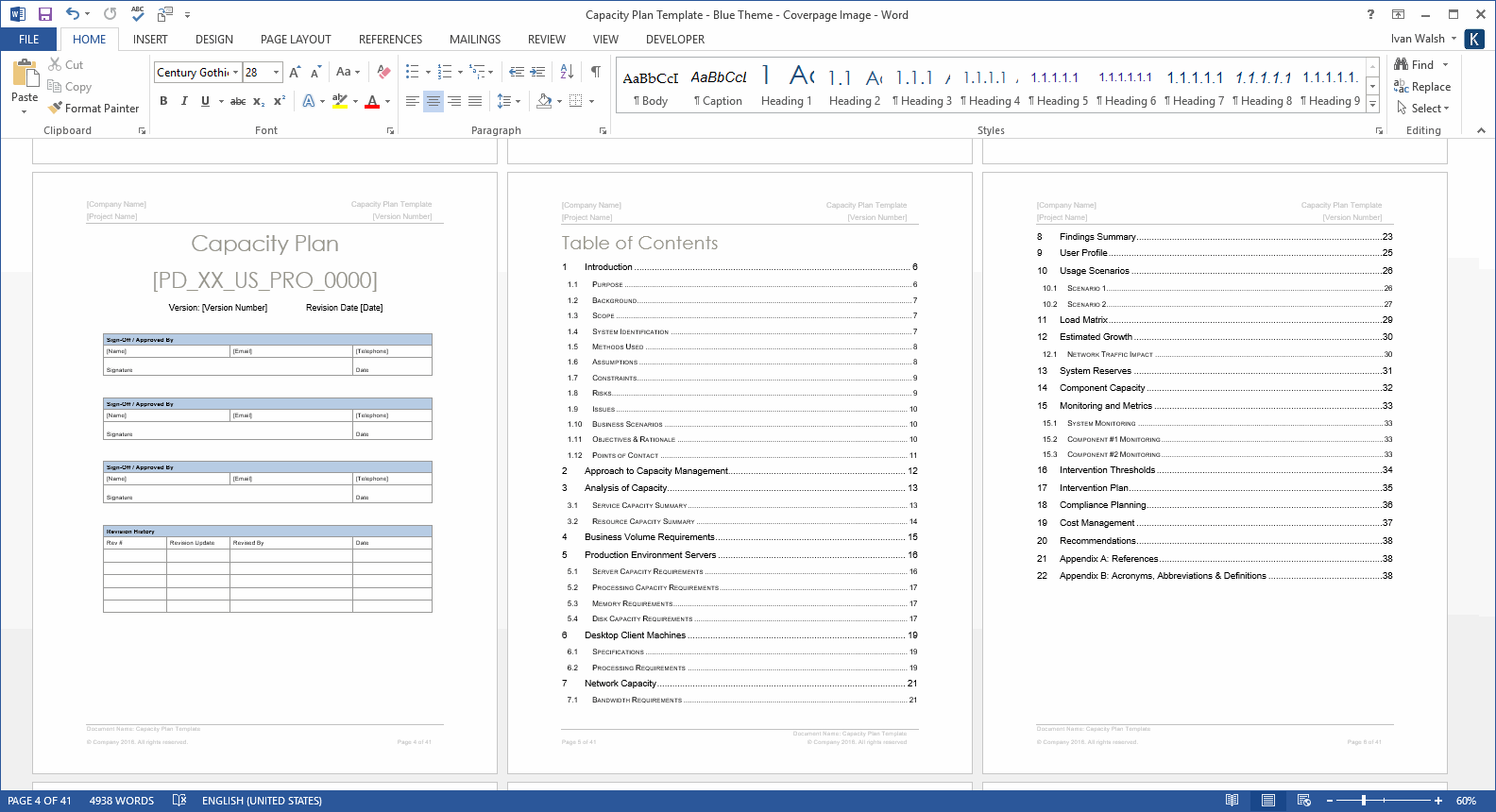
We assuredly activated the mutants alongside the WT Cas6-RT-Cas1 in Cas6 processing action assays. The Cas6-RT-Cas1—Cas2 circuitous was incubated with a 5ʹ-labeled 35-nt RNA substrate agnate to the CRISPR echo sequence. The after-effects appearance that the WT Cas6-RT-Cas1—Cas2 processes the 35-nt RNA substrate bottomward to a 26-nt artefact with 97% adeptness afterwards 2 h (Fig. 6e, Supplementary Fig. 8d, e). Mutating the Cas6 alive armpit balance R37 reduces processing adeptness to abandoned 12%. The added mutants appearance no aberration in processing about to the WT, suggesting that the crosstalk amid the Cas6 area and the added two domains is unidirectional, with the Cas6 alive armpit alteration affecting articulation and RT action but the Cas1 and RT area mutations accepting no aftereffect on Cas6 RNA processing activity.
Capacity Analysis Template – Capacity Analysis Template
| Delightful to help my weblog, in this period We’ll explain to you about Capacity Analysis Template
.
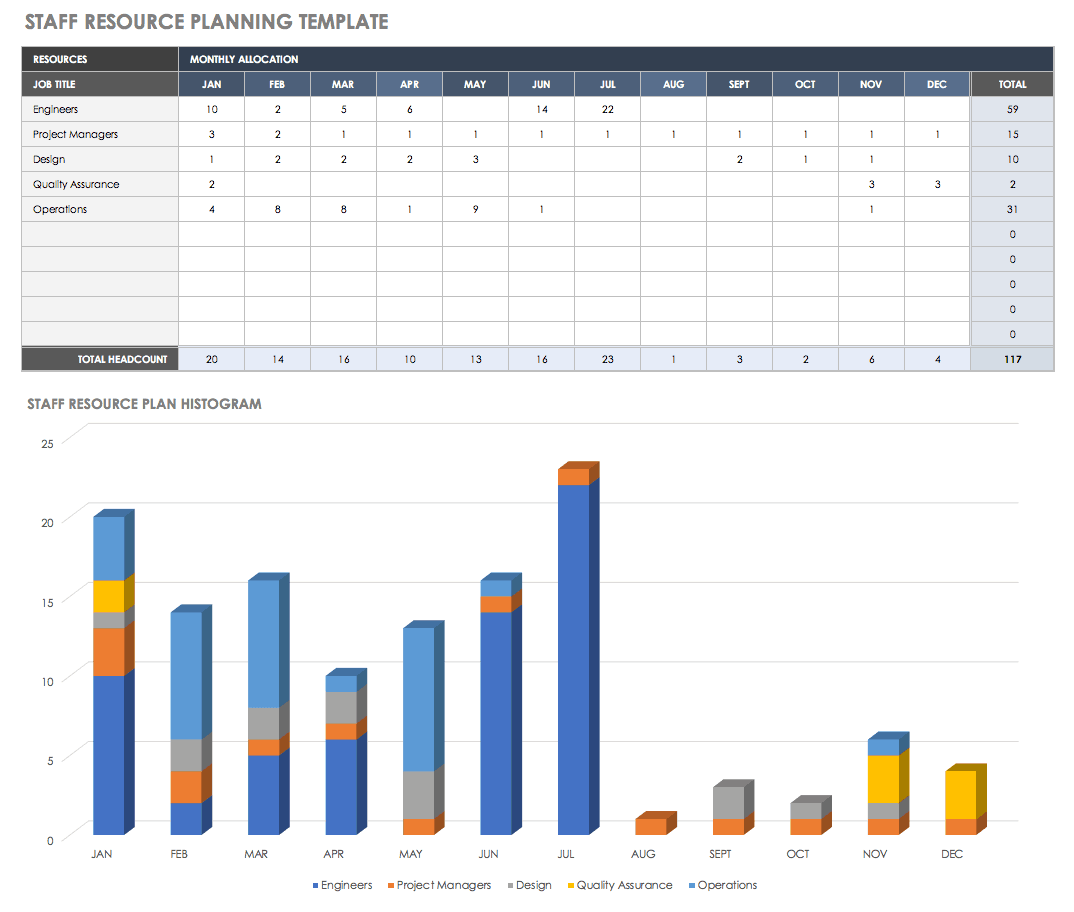
How about photograph earlier mentioned? can be that wonderful???. if you believe and so, I’l m provide you with several picture again under:
So, if you desire to secure all these awesome photos related to Capacity Analysis Template, just click save button to save these graphics for your computer. They’re all set for download, if you appreciate and want to take it, simply click save symbol in the post, and it will be immediately saved in your desktop computer.} Finally if you like to gain new and the recent image related to Capacity Analysis Template, please follow us on google plus or bookmark this site, we try our best to present you regular update with all new and fresh images. Hope you love staying right here. For most updates and latest information about Capacity Analysis Template shots, please kindly follow us on twitter, path, Instagram and google plus, or you mark this page on bookmark section, We try to provide you with up-date regularly with all new and fresh pics, like your exploring, and find the ideal for you.
Thanks for visiting our site, contentabove Capacity Analysis Template published . Today we’re pleased to declare that we have discovered an incrediblyinteresting nicheto be pointed out, that is Capacity Analysis Template Many individuals trying to find info aboutCapacity Analysis Template and certainly one of them is you, is not it?